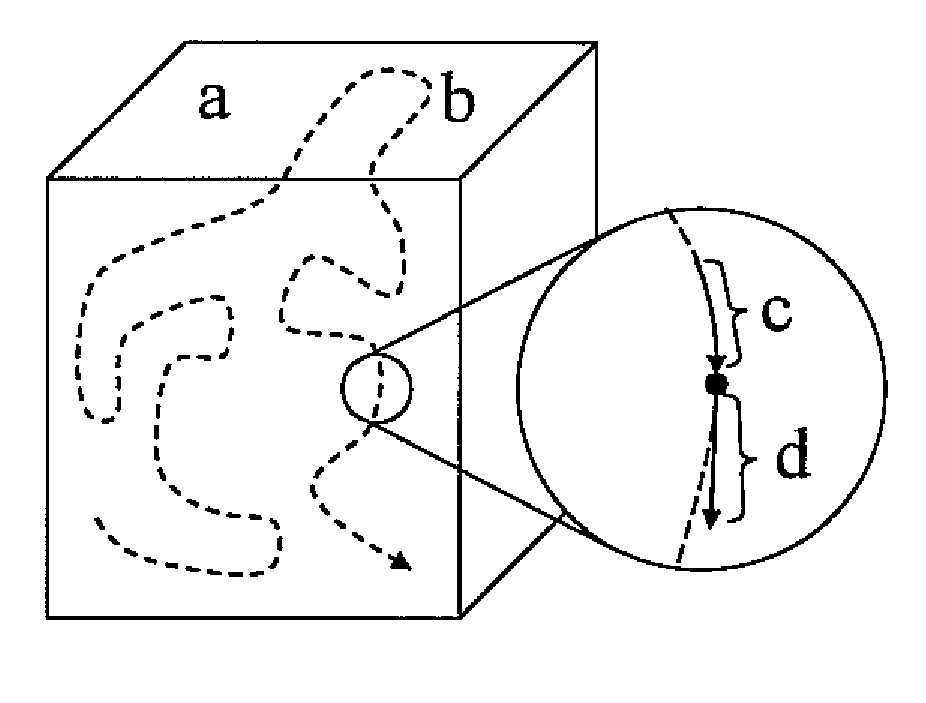Characterizing and predicting agents via multi-agent evolution
a multi-agent and agent technology, applied in the field of agent behavior, can solve the problems of stifling conventional analysis, frustrating intentions, and combinatorial explosion of possibilities, and achieve the effect of facilitating the prediction of the likely future behavior and disseminating information
- Summary
- Abstract
- Description
- Claims
- Application Information
AI Technical Summary
Benefits of technology
Problems solved by technology
Method used
Image
Examples
examples
[0115]FIG. 8 illustrates the three stepwise metrics for a single unit in a single run. In the case of this unit, BEE was able to formulate good predictions, which are superior to the baseline in all three metrics. It is particularly encouraging that the horizon error increases so gradually. In a complex nonlinear system, trajectories may diverge at some point, making prediction physically impossible. We would expect to see a discontinuity in the horizon error if we were reaching this limit. The gentle increase of the horizon error suggests that we are not near this position.
[0116]FIG. 9 illustrates the four component metrics for the same unit and the same run. In general, these metrics support the conclusion that our predictions are superior to the baseline, and make clear which characteristics of the prediction are most reliable.
[0117]The BEE architecture lends itself to extension in several promising directions:[0118]The various inputs being integrated by the BEE are only an examp...
PUM
 Login to View More
Login to View More Abstract
Description
Claims
Application Information
 Login to View More
Login to View More - R&D
- Intellectual Property
- Life Sciences
- Materials
- Tech Scout
- Unparalleled Data Quality
- Higher Quality Content
- 60% Fewer Hallucinations
Browse by: Latest US Patents, China's latest patents, Technical Efficacy Thesaurus, Application Domain, Technology Topic, Popular Technical Reports.
© 2025 PatSnap. All rights reserved.Legal|Privacy policy|Modern Slavery Act Transparency Statement|Sitemap|About US| Contact US: help@patsnap.com



